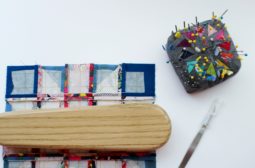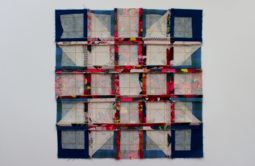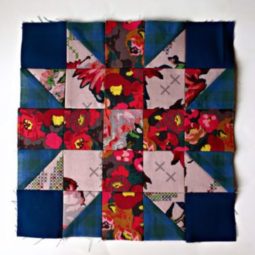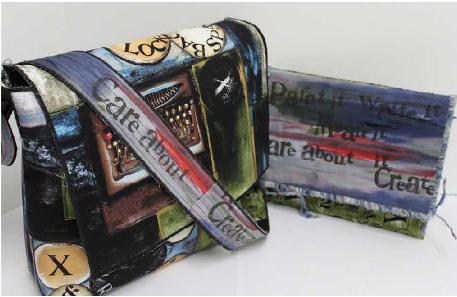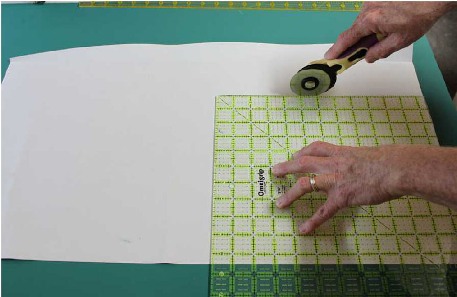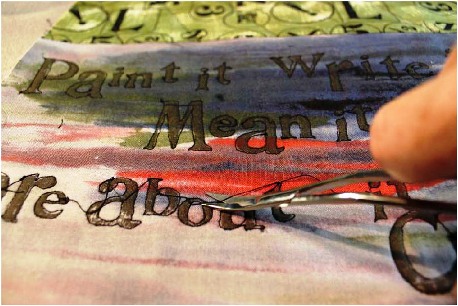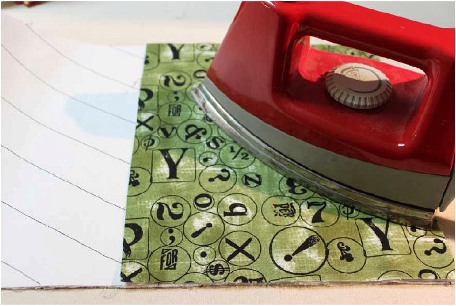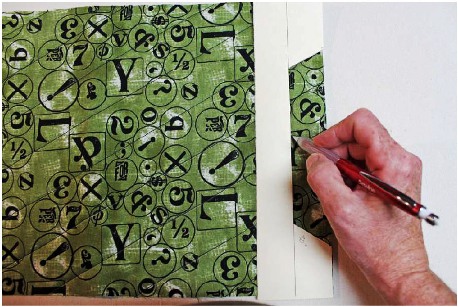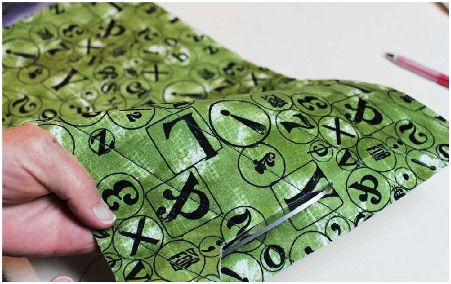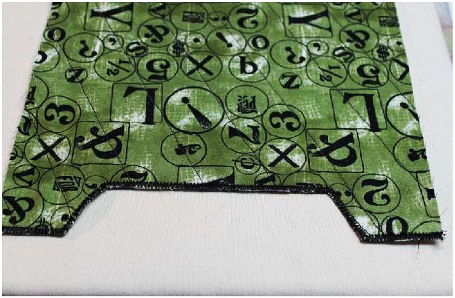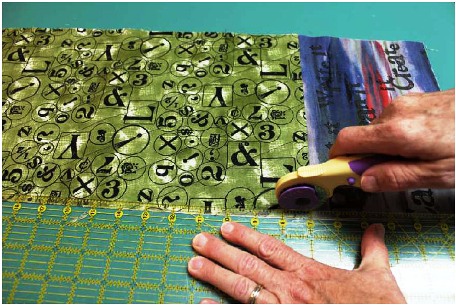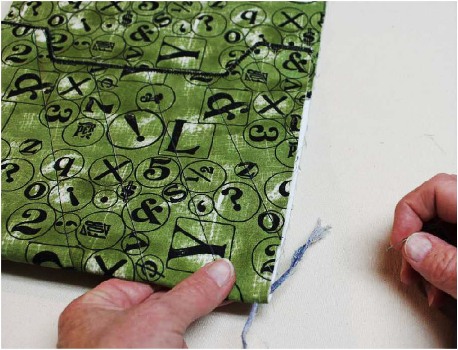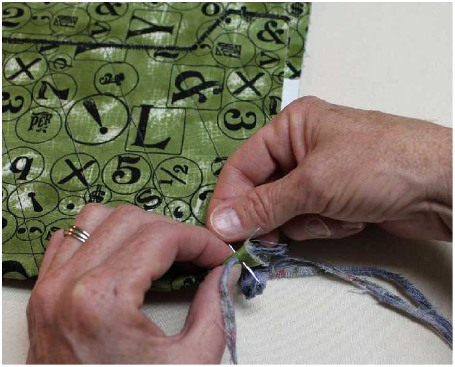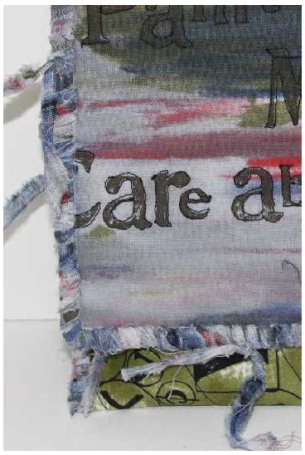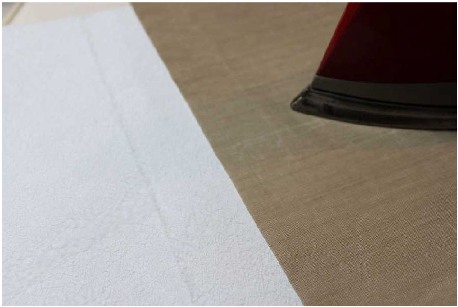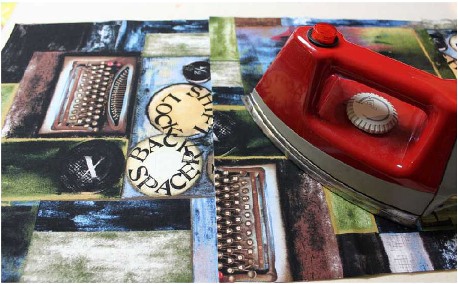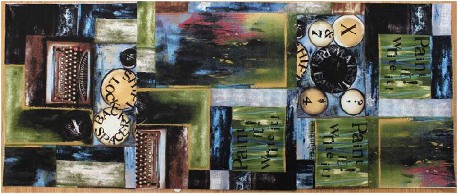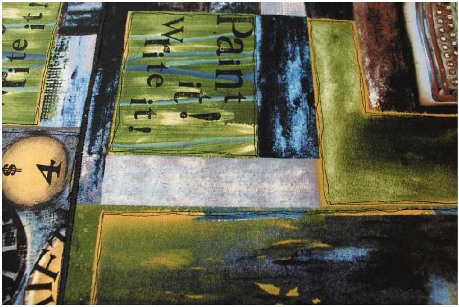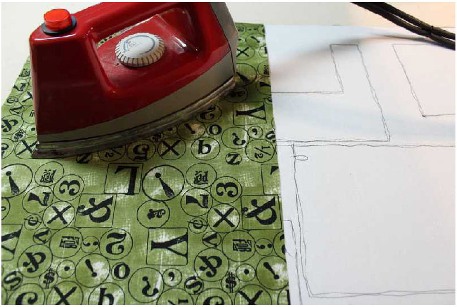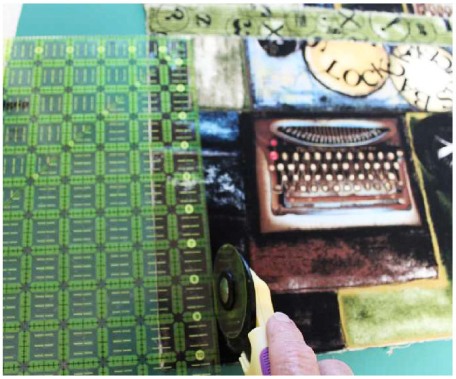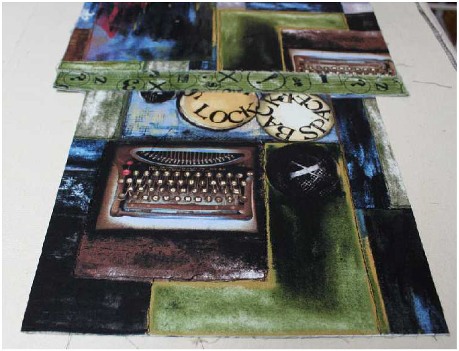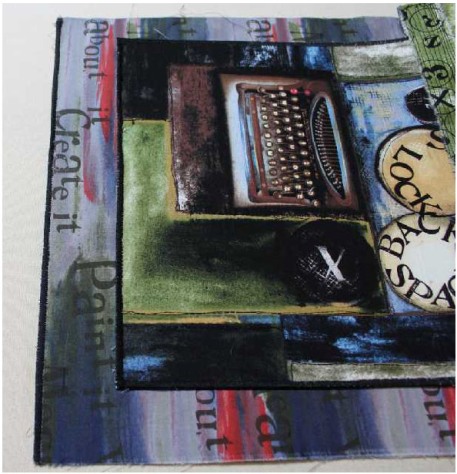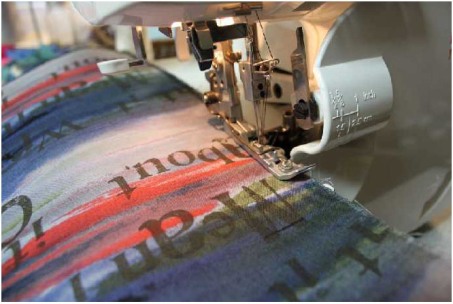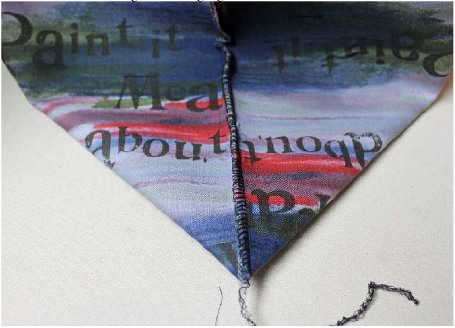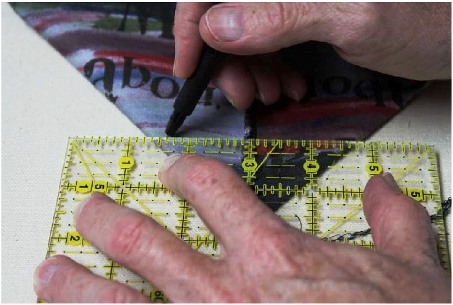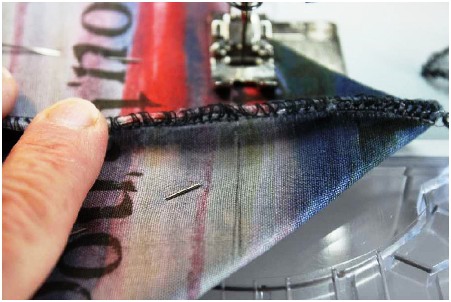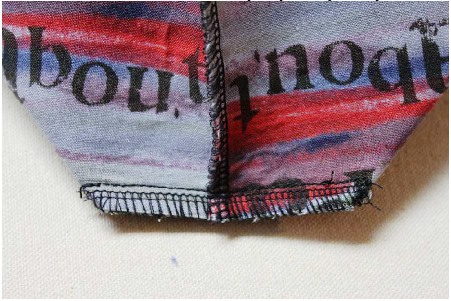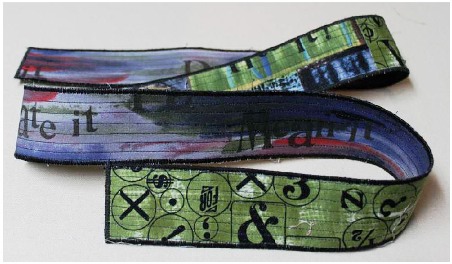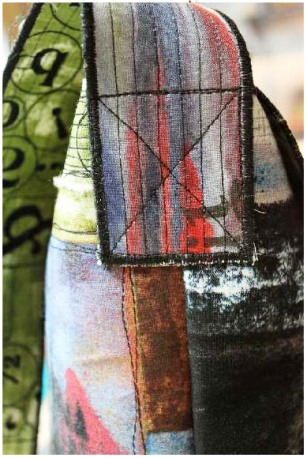by Luv2Sew and Shruti Dandekar
Havel’s Sewing is thrilled to introduce our first ambassador from India, Shruti Dandekar. She’s talented and business savvy, and using both skills to keep the art of quilting alive and vibrant in her home country!
We asked Shruti to share a bit about her journey from architect to internationally known quilter, as well as the story behind her intense passion for quilting. So without further ado…
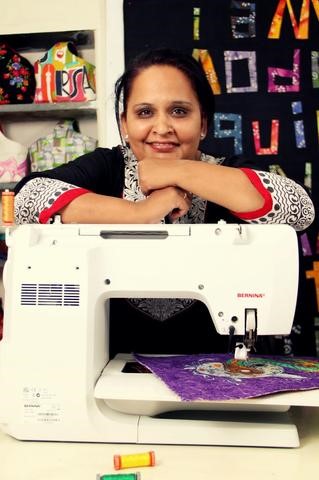
If I were to describe myself in one sentence I would say, “I am Shruti, a creative person who derives happiness and contentment from sharing her gift with others!”
I am an Architect who took up Quilting on a sabbatical and now it has taken over my life! Quilting is more than just a hobby to me now. It is my passion, my calling! I started quilting when no one around me knew how to do that. The internet and the wonderful bloggers from all over the world were my teachers! I kept on experimenting and working out new ways to do stuff! I found alternatives for material that wasn’t available in the local market. I made do with what I had!
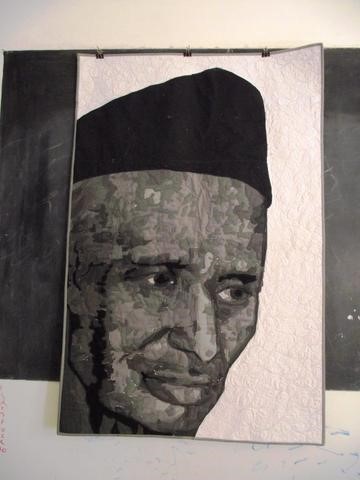
The first sign that Quilting was going to be more than an expensive hobby came when I made the Portrait Quilt of Dada Ajoba – my husband’s great grandfather and the founder of our family business.
It is about 33″ x 48″ and is made with more than 3500 raw edge appliqued pieces in over 30 shades of gray! It was a monumental task. And for someone who was attempting something like that a little (lot) overwhelming.
Making this quilt made me aware of my capacities. I knew ‘I had it in me’! I started thinking about taking this up as a full time career. But in my heart, I also knew that if it took 3 months and so much work to make a portrait quilt, the chances of me making another one are bleak!
That got my brain whizzing with ideas. I had one idea in particular that I was toying with. But I knew there were experts in the field that I was just starting out in and was sure they must have thought about it!
It took me almost an year to build up the courage and develop my own method to make portrait quilts that was easier and much, much faster. I made the quilt of Steve Jobs (iQuilt) for my little brother.

This was a turning point in my career! After I shared the iQuilt, I got a lot of questions asking me how I did it! I did a portrait-quilt-along for a few friends on Facebook and it all escalated from there. Before I knew it, I was launching my eBook – ABOUT face!

I believe it is the FASTEST method IN THE WORLD to make portrait quilts!
Alex Veronelli of Aurifil gracefully volunteered to be my subject for the book. I was delighted to meet him in person and hand over the quilt to him at Quiltcon 2015 in Austin, TX.
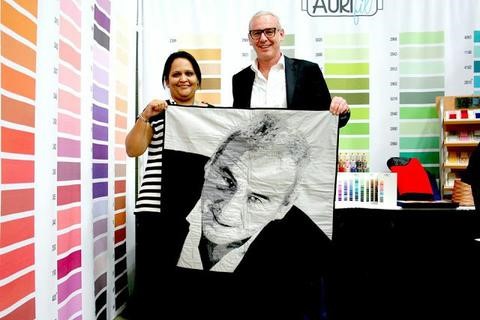
Very soon, I was made the Brand Ambassador for BERNINA India. That gave me an opportunity to teach all over the country! It has been quite a journey.
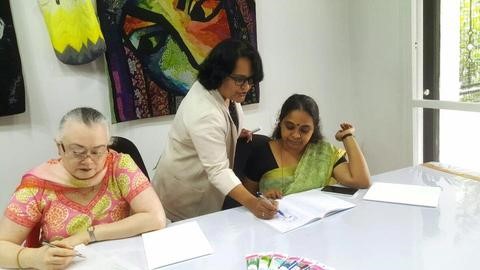
My journey from an unknown quilter in a quaint town in India to a Brand Ambassador to BERNINA and an AURIFIL Artisan as well as the Regional Representative for SAQA (Studio Art Quilt Association) for India & SE Asia has been totally fun! My best moment was when I was up on stage at QuiltCon 2017 in Savannah GA expecting to see just a couple of friends scattered over the auditorium; and instead, came face to face with a fully packed hall that was eager to listen to what I was saying about the Quilts of my land!!! I knew I had arrived!
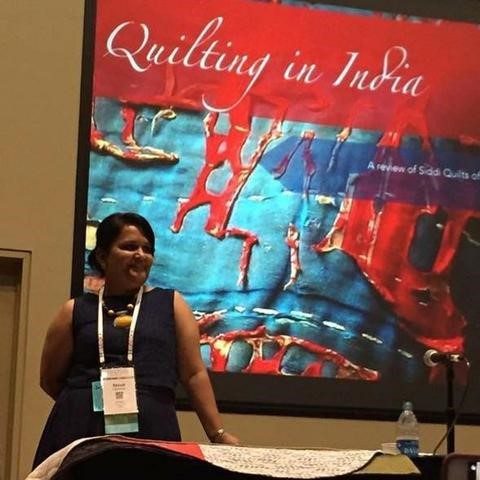
I have learnt a lot of lessons along the way. Some hard and some totally unbelievable. I think, if I had not had to experiment so much, I would have reached here faster and much more easily.
I have always attempted to share the knowledge I have assimilated over these years. I have been teaching Quilting all over India for quite some time. But now I have also started providing coaching and mentoring to Creative Entrepreneurs.
My focus is on Indian Women Entrepreneurs who are operating home based businesses and have the desire to grow it into something big! Over the course of the next few months, I will be introducing various short courses that will help her grow her business into her dream!
If you are a quilter or want to be one sign up for my Newsletter to keep updated about my upcoming classes, courses and of course all of my FREE resources!
If you have a business that you want to grow or want to start something new sign up for my Entrepreneur Newsletter to get all information about my upcoming gigs right into your Inbox!
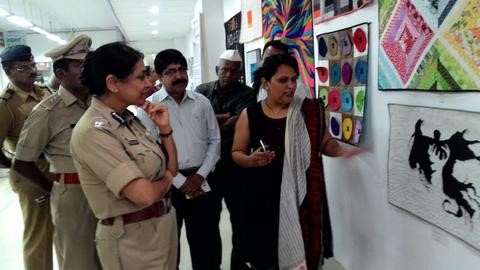
To know more about it you can read my blog post about 20 random things about me!
Cheers!!!
shruti_dandekar
www.shrutidandekar.com


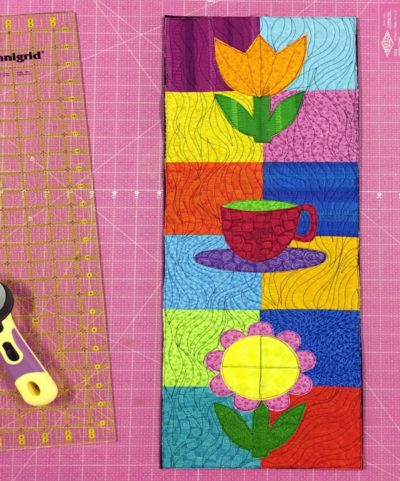
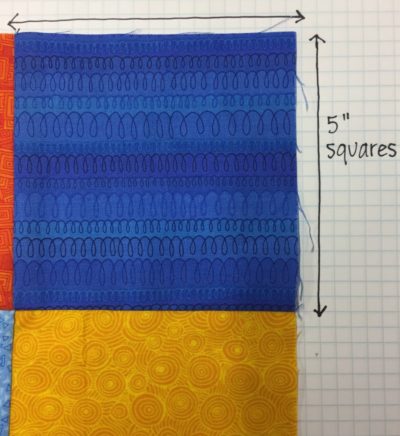
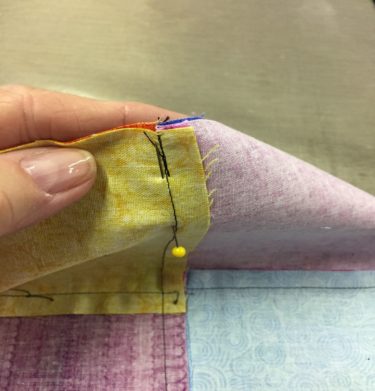
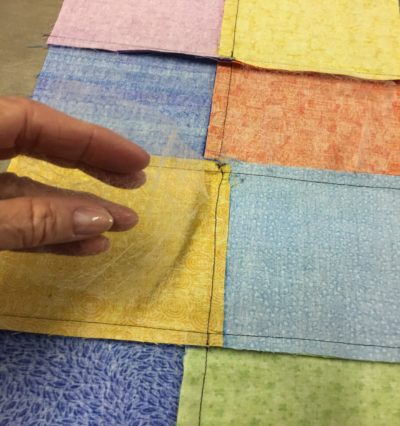
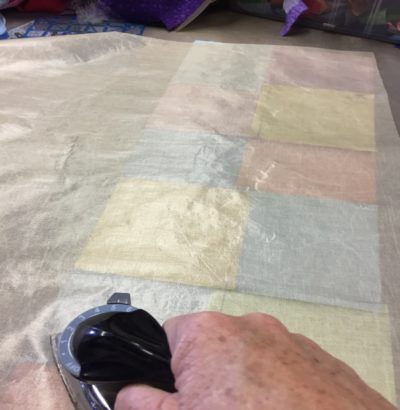
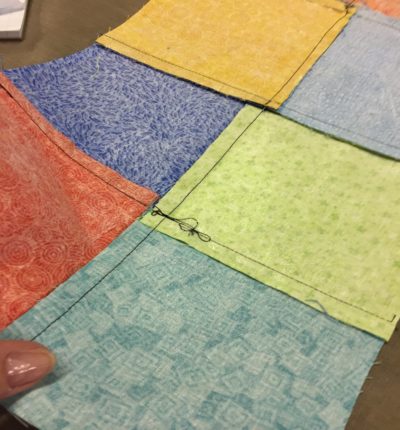
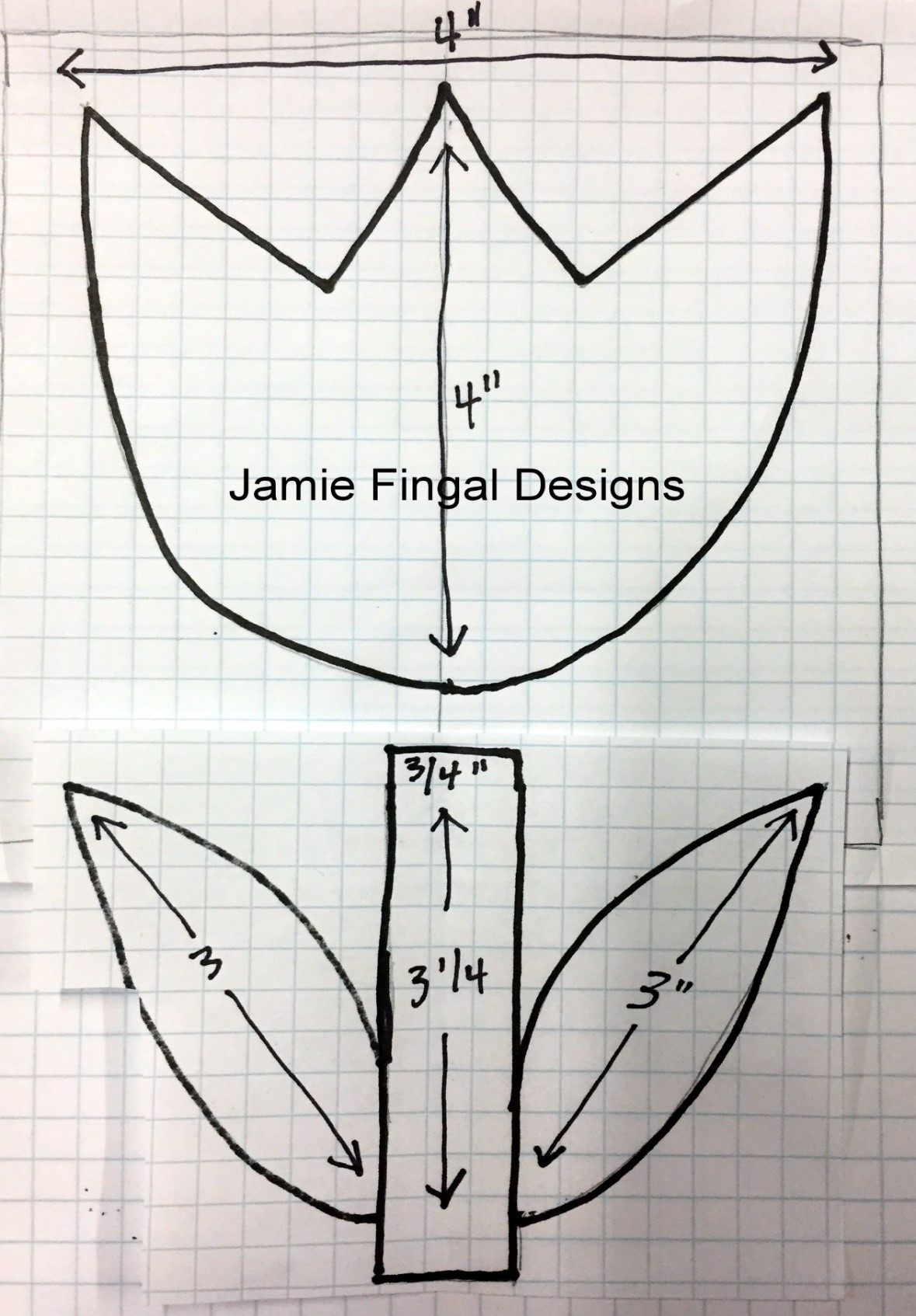
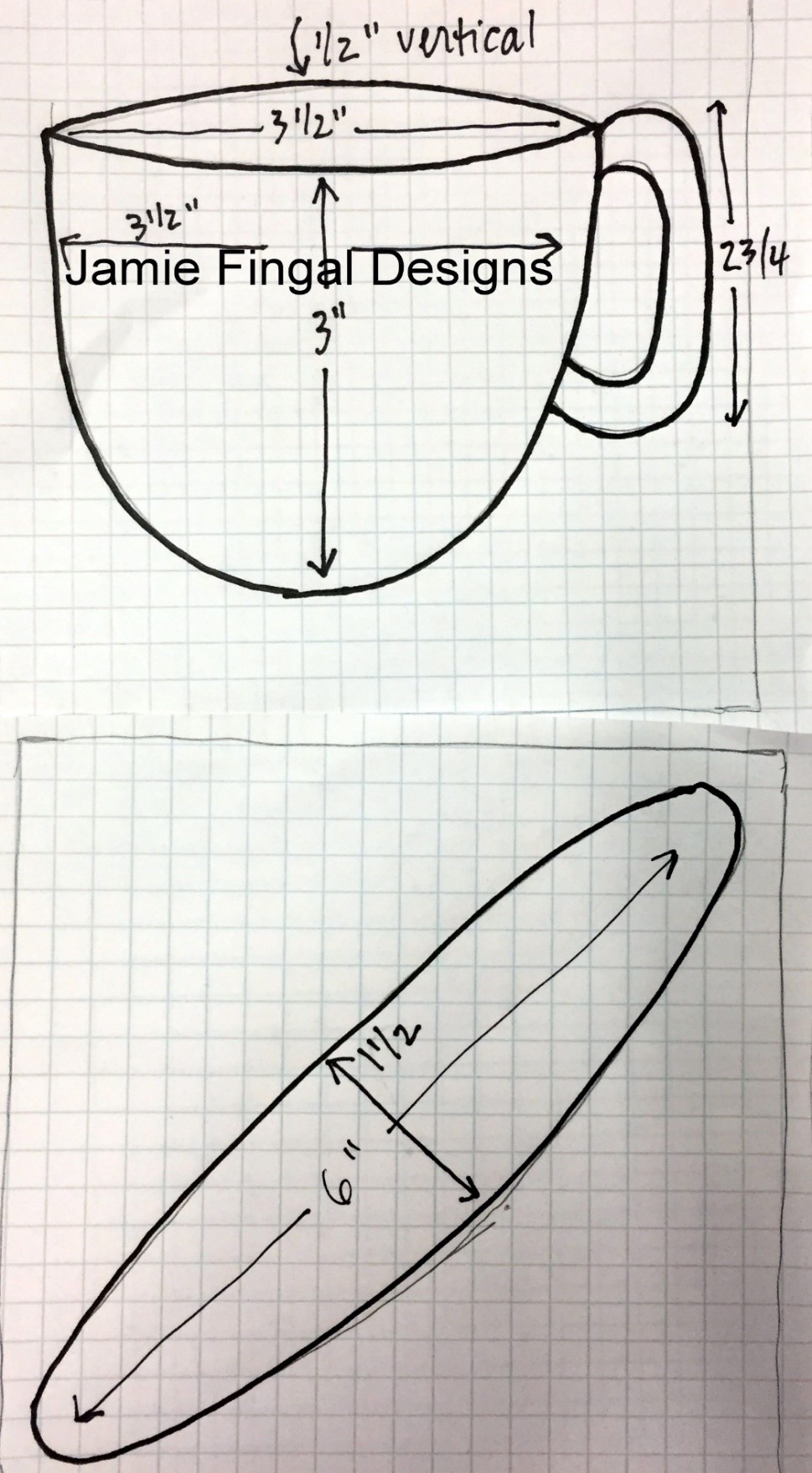
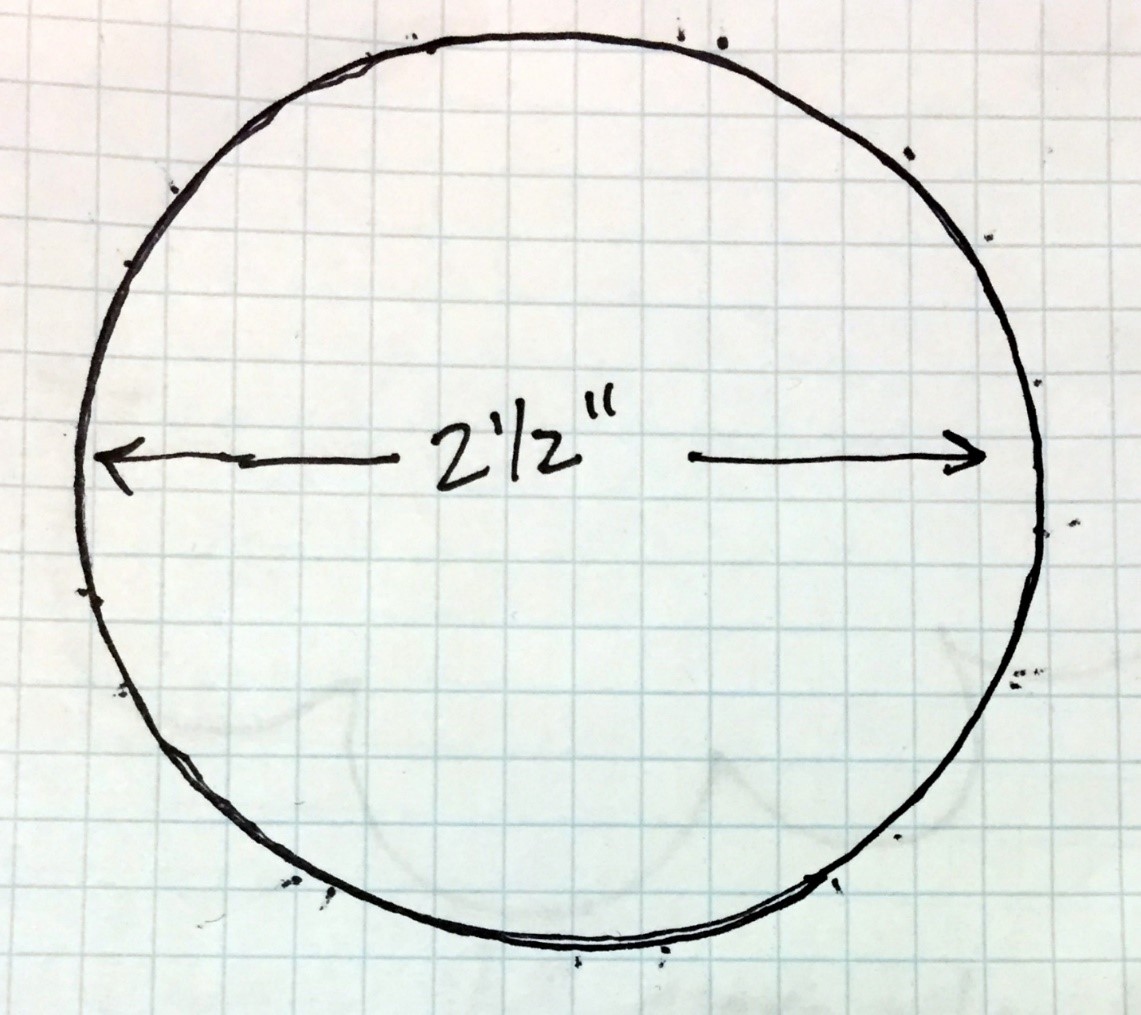
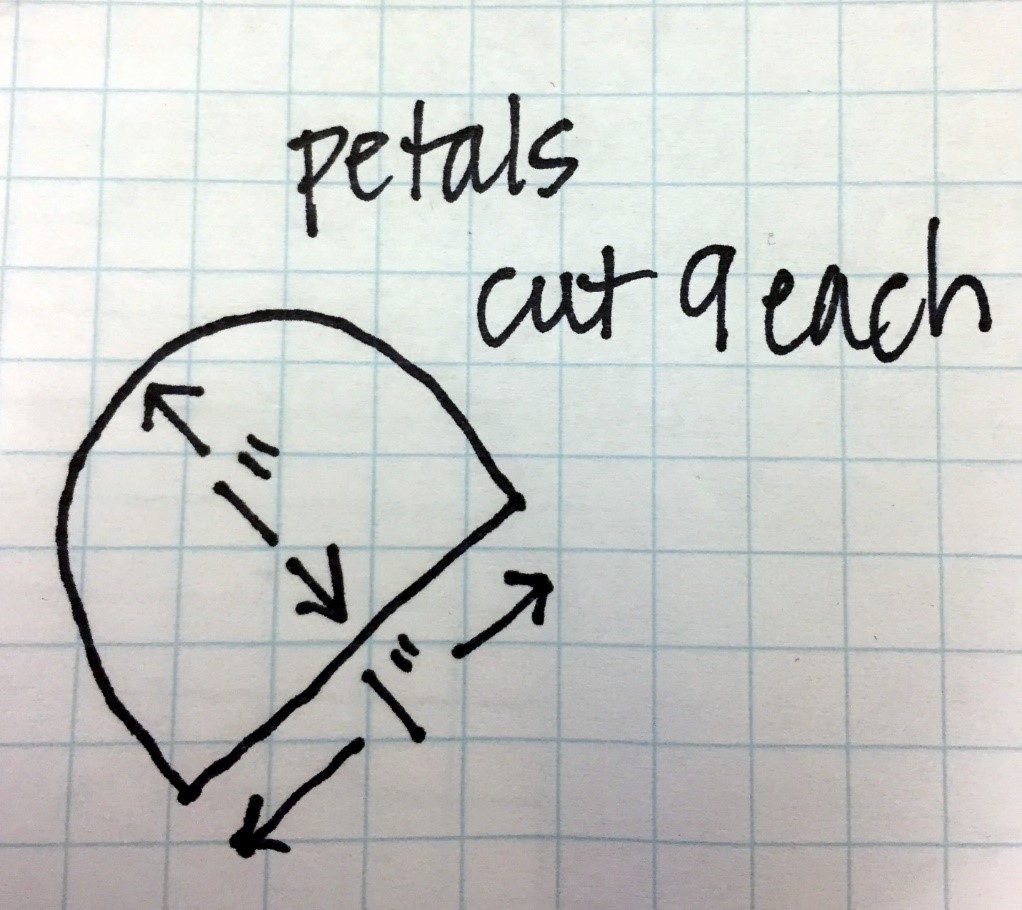
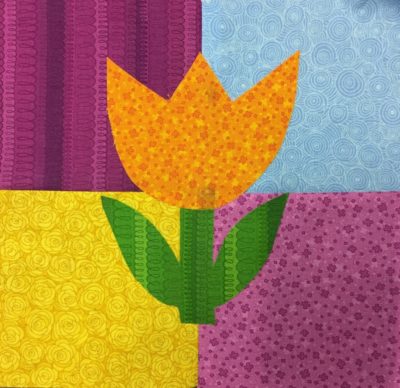
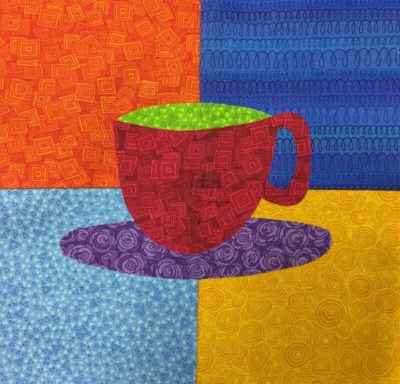
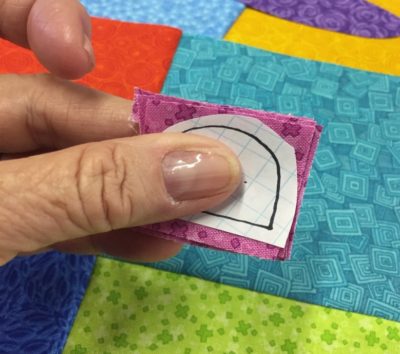
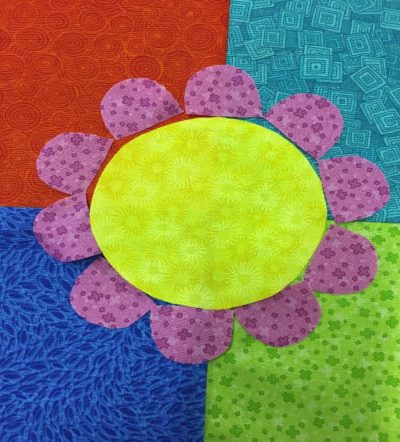
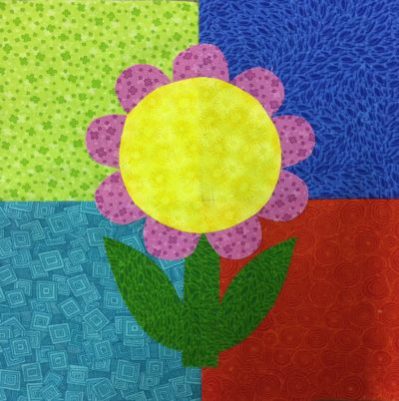
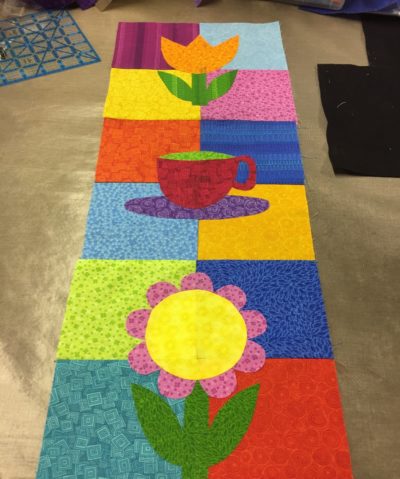
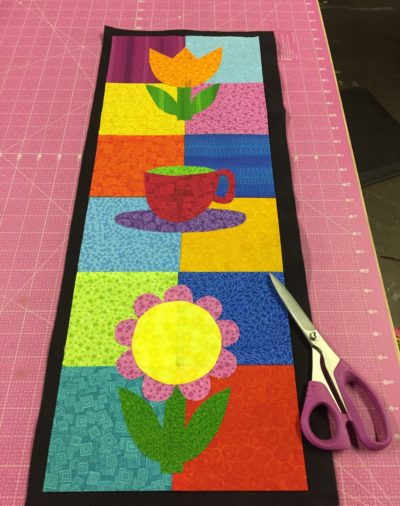
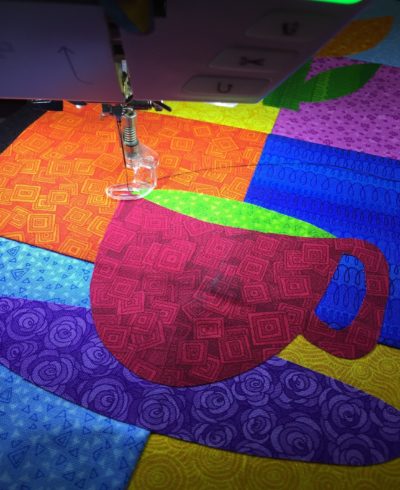
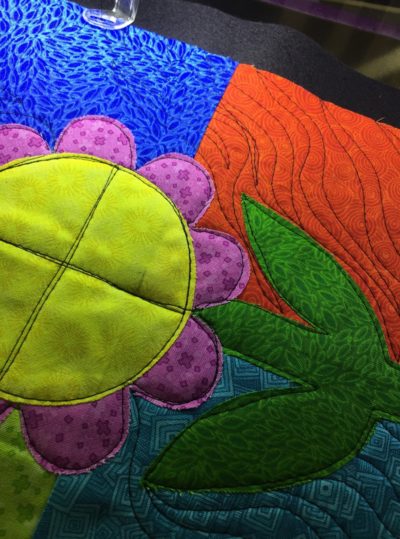
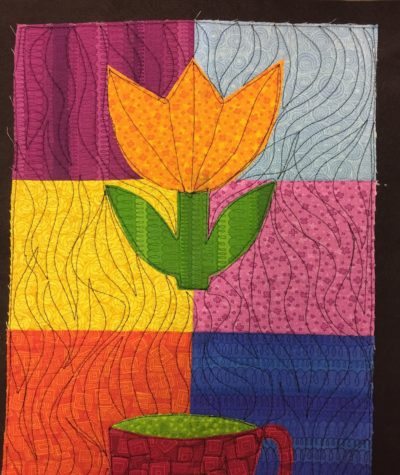
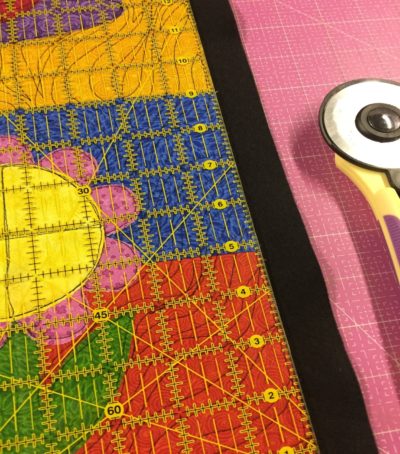
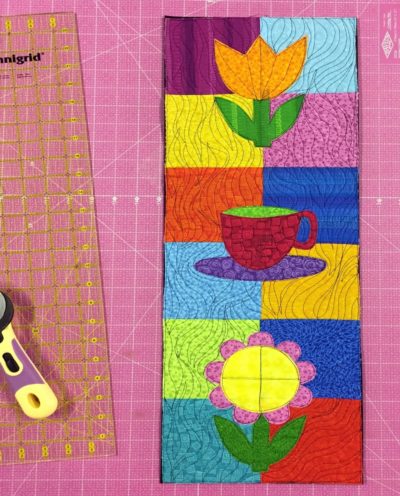

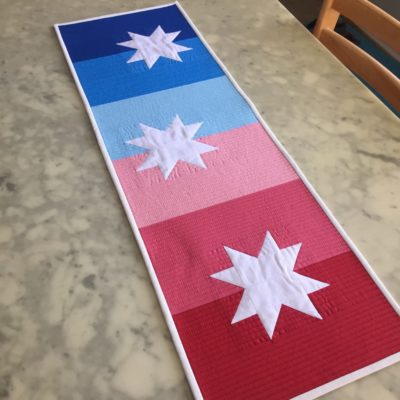
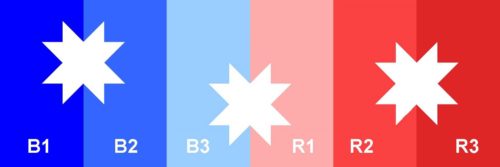
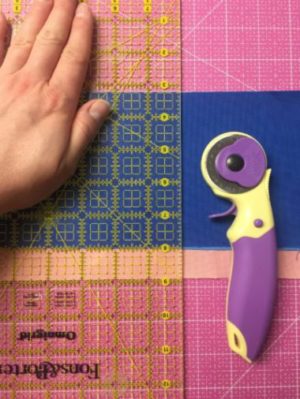
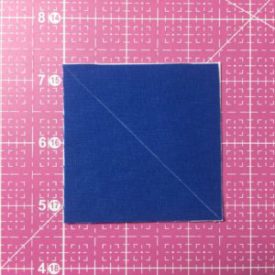
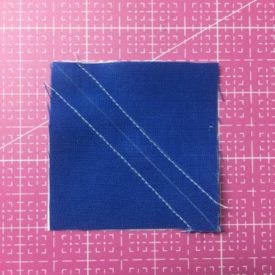
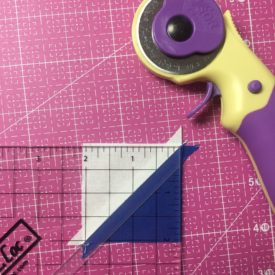
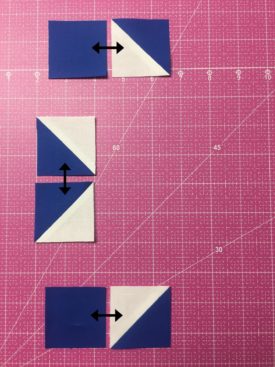
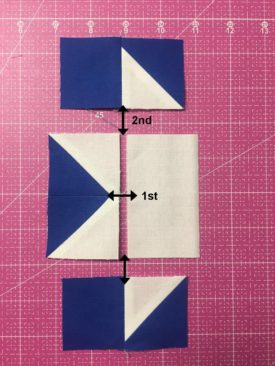
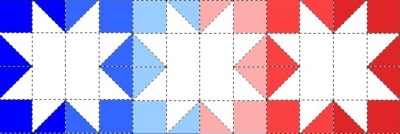
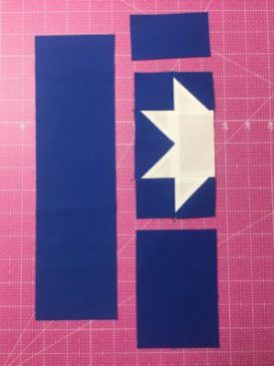
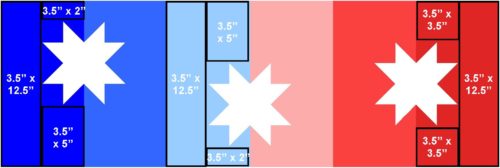
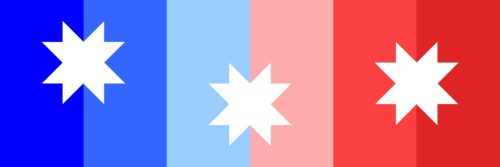
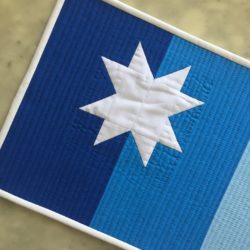
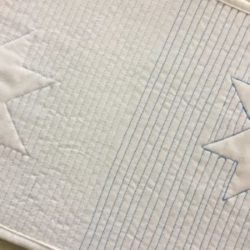
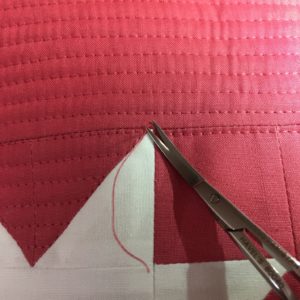
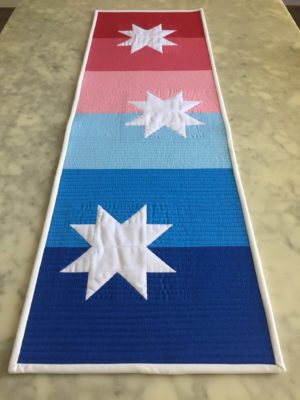
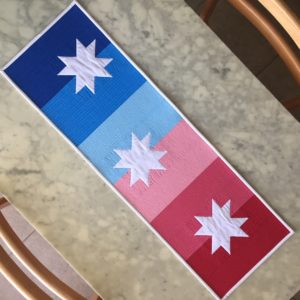

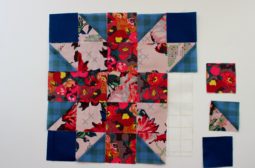
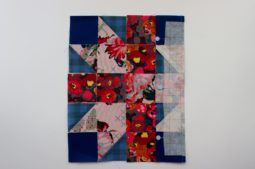
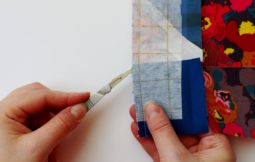 Starting at the bottom end of the seam, carefully put the point of the Ultra-pro seam ripper between the two edge squares, within the seam allowance, with the sharp edge facing the interfacing. Gently move the seam ripper blade side to side while pulling it up along the fold. It will easily slice through the interfacing on the fold.
Starting at the bottom end of the seam, carefully put the point of the Ultra-pro seam ripper between the two edge squares, within the seam allowance, with the sharp edge facing the interfacing. Gently move the seam ripper blade side to side while pulling it up along the fold. It will easily slice through the interfacing on the fold.